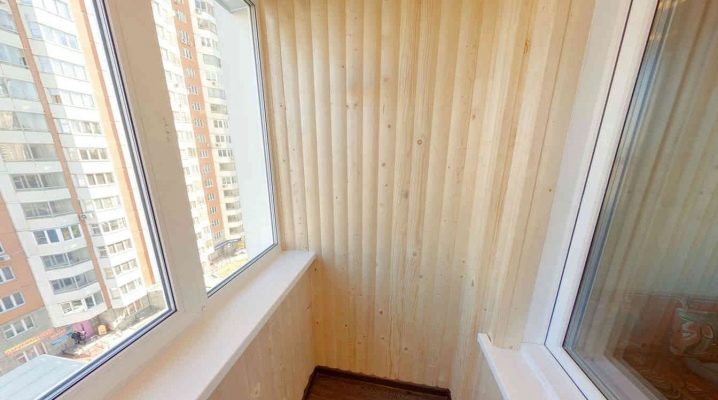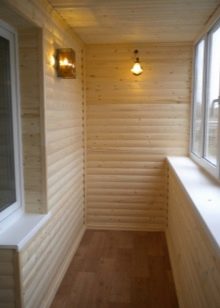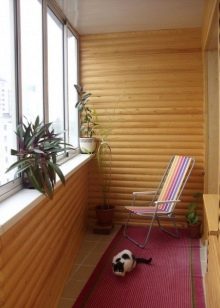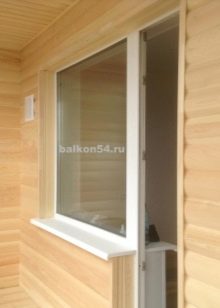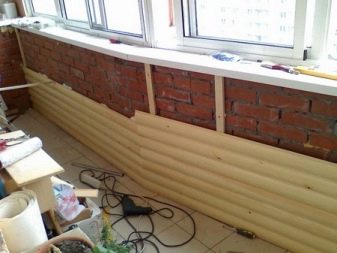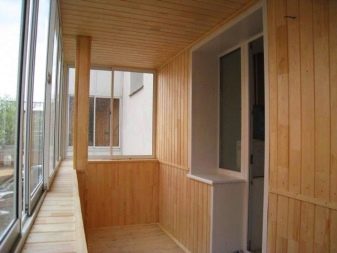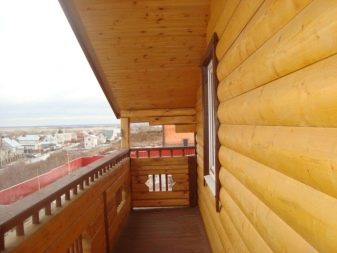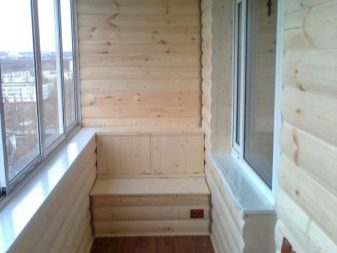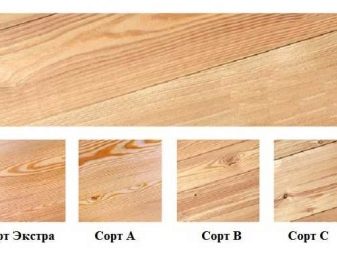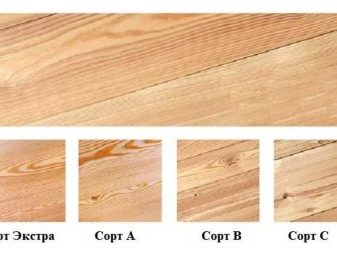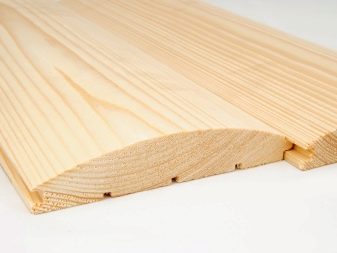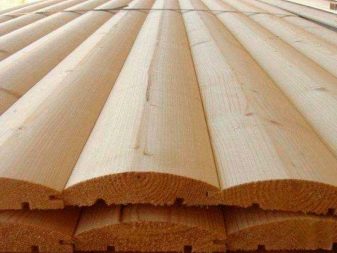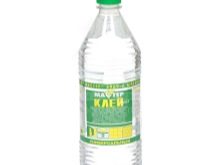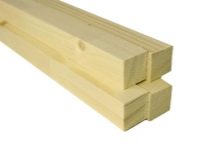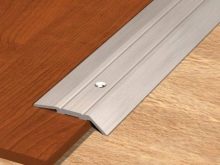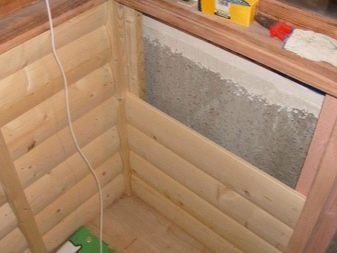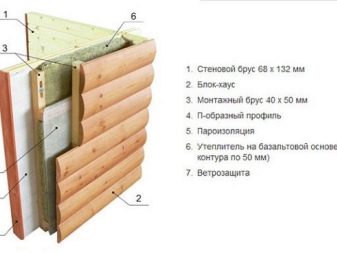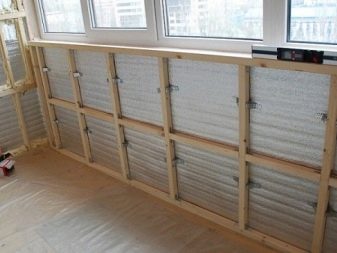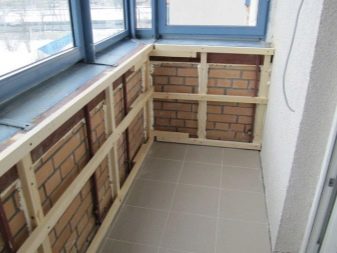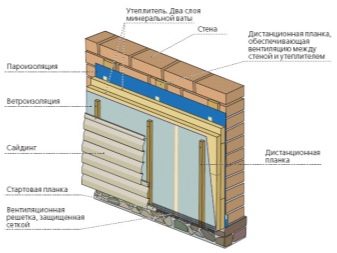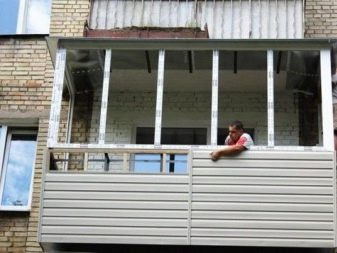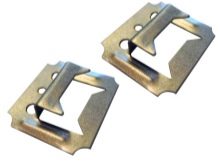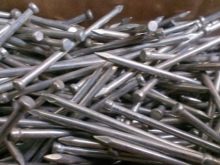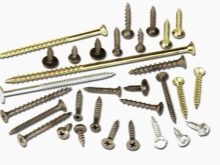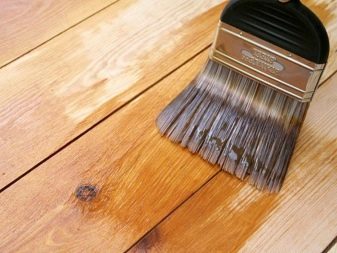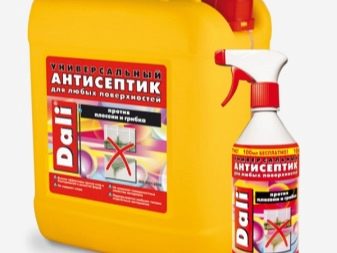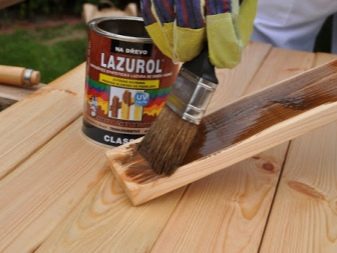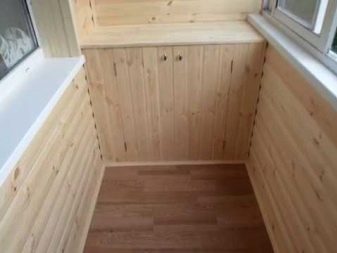All about finishing the balcony and loggia with a block house
Balconies are increasingly used as part of living space, so the issue of their interior decoration is quite acute. Among the large number of decorative finishing materials, many consumers choose a block house. Thanks to its natural texture and aesthetics, it literally transforms the balcony, making it homelike and aesthetic.
Advantages and disadvantages
The block house is a kind of lining and perfectly imitates a wall of logs. The inside of the panels is absolutely flat, while the outside is cylindrical. Their sides are equipped with special fastening grooves, tongue and groove, with the help of which the panels are mounted. The construction of the block house also includes through ventilation slots that relieve stress under weight and mechanical load, as well as provide free air flow.
The high popularity of the block house is due to a number of its indisputable advantages, thanks to which it compares favorably with other finishing materials.
- For the manufacture of finishing material, natural wood is used, which makes it completely eco-friendly and suitable for residential use.
- The wood from which the block house is made is deeply dried, due to which the original products have a low moisture content not exceeding 15%. This protects the boards from rotting and prevents them from cracking, curling and becoming covered with fungus.
- The block house is lightweight and at the same time quite durable. The service life of surfaces formed from it is more than 15 years.
- Thanks to the tongue-and-groove locking system, the material is very easy to assemble. You can sheathe the walls of the loggia with a block house yourself, without resorting to the help of a specialist.
- The material is quite versatile, can be used not only for interior decoration, but also for exterior.
- Due to the warm structure of wood fibers panels are able to give the balcony warmth and homeliness.
- The cost of a block house is much lower than the cost of solid wood, which makes it an affordable finishing material for a wide range of consumers.
- The block house is highly resistant to temperature extremes. This makes it possible to use it on unheated balconies and loggias.
Among the disadvantages of the finishing material, the low vapor permeability of natural wood is noted, which leads to the formation of condensation on the heated balconies. In addition, a block house takes up several centimeters of usable space, which makes it inexpedient to use it on small balconies.
The way out can be the removal of glazing, which visually enlarges the balcony and is quite often practiced in "Khrushchevs".
Material selection
When buying a block house, you need to pay attention to the technical characteristics of the material, choosing the most suitable option. The classification of finishing panels is based on several criteria.
- Wood grade. On this basis, the block house is subdivided into several classes.
- Class A assumes a well-finished surface with a minimum number of knots, which may slightly differ in color from the main background.
- Class B allows for a minimum amount of discoloration and small cracks, but the front side still looks great and has a good workmanship.
- Class C characterized by rough processing of the front side, the presence of a large number of knots, remnants of bark and blackening. Minor mechanical damage such as small chips, cracks and scratches may be present.
- Extra class E is represented by an absolutely flawless material surface, a complete absence of knots and wormholes, and an excellent quality of raw materials. The selection and sorting of wood is done manually, which guarantees a perfect product at the end.
For balcony finishing, products of classes A and E are used, which are distinguished by high decorative qualities and a long service life.
- The next criterion for classifying a block house is the size of the panels. Their thickness can vary from 15 to 50 mm, while the most popular are products with a thickness of 22-45 mm. The length can reach 2-6 m, and the width - 90-230 mm. For decoration inside balconies, panels with a thickness of 35 mm and a width of 80-90 mm are often used. They are easy to install in the limited space of balconies, and they look very harmonious and beautiful.
- A block house is also classified according to the type of wood from which it is made. For the production of finishing material, both deciduous and coniferous trees are used. Spruce, cedar, larch and pine panels have a higher quality, which is due to the presence of coniferous resins and high resistance to putrefactive processes. In addition, softwood products are waterproof and smell good. A block house made of ash, aspen and oak is also good, but in terms of its operational properties it is slightly inferior to panels made of conifers.
Preparation
Before proceeding with the sheathing of the balcony with a block house, you need to carefully prepare. First of all, they free up the space of the balcony, remove foreign objects from it. Then remove the old sheathing, if any, take out the debris, sweep and wash the floor. Next, you should attend to the presence of the following tools and materials: a hammer, a screwdriver, nails, dowels, a construction stapler, an electric jigsaw and self-tapping screws.
It is also worth purchasing construction glue, decorative strips for masking seams and wooden blocks 20x50 mm for the construction of the lathing.
Main steps
After the preparation for installation is completed, you can start finishing. It is quite possible to install a block house with your own hands, the main thing is to strictly follow the work algorithm and listen to the advice of specialists.
Installation of the lathing
The first step is to form the lathing, which provides an air gap between the material and the wall, promoting ventilation. If the construction of the lathing is neglected, moisture begins to accumulate between the tree and the brick wall, which leads to the appearance of fungal diseases and rot. In order to make the lathing, wooden bars are vertically attached to a concrete or brick wall using dowels at a distance of 70 cm from each other.
Insulation laying
Installation of insulation under the block house is not a mandatory procedure and remains at the discretion of the owners. If the balcony is supposed to be used for storing things, then it is not necessary to carry out thermal insulation measures. If it is planned to expand the living space at the expense of the balcony, then one cannot do without serious insulation.
As a heat insulator, you can use mineral wool, expanded polystyrene or polystyrene foam. The material is laid between the battens of the crate, after which they begin to form a vapor barrier layer. To do this, a vapor barrier film is placed on top of the heat insulator, which is laid with an overlap of 10-15 cm.
Then, using brackets, it is attached to the heat-insulating material, after which the joints are well glued with aluminum tape.
Fixing panels
After the insulating layer is formed, proceed with the installation of wooden panels. Unlike the lining, they are placed in a horizontal position, starting exclusively from the bottom. The first lamella is installed with the groove down, after which the groove of the next panel is put on its upper spike. In order for the material to better fit into the wooden grooves, it is lightly tapped with a hammer, striking it through a wooden plank. You cannot hit the panels directly, as you can crush the wood. The last, uppermost panel, if necessary, is cut along the entire length, trying not to let a crack. If there is no such need, then only the upper tenon is removed, using a plane for this.
To fix the panels, use special brackets (clamps), screws and nails.
- Kleimers are the most preferred type of fastener. They are absolutely invisible on the surface of the block house, which guarantees a high aesthetic finish. Fastening the panels with clamps is carried out from the ceiling to the floor.
- Nails can also be used to secure panels. They are driven into the spike at an angle so that the caps are hidden inside and do not interfere with further styling.
- Screws are used in cases where the width of the block house does not exceed 3 cm. With their help, the lamellas are carefully screwed to the crate, masking the heads with decorative plugs set on glue.
At the end, decorative elements are mounted, covering the joints and fasteners with wooden planks, and baseboards are installed from below and from above.
Final
After the installation of the block house is completed, they proceed to the finishing. The choice of decorative wood coating depends entirely on the design of the room. To give the balcony an original look, they use a variety of varnishes and mastics, or treat the wood with a special textured coating. It gives the wood interesting shades and favorably emphasizes the naturalness of the wood pattern. In addition to decorative compounds, many owners treat the cladding with moisture-repellent and antifungal agents that protect the wood from the negative effects of the external environment and extend its service life.
Care
A block house, like any other material made from natural wood, needs regular maintenance. To do this, you need to perform a number of simple activities.
- If the panels were not treated with anything during installation, then once a year they must be covered with an antiseptic compound.
- Protective and decorative coatings applied during installation must be renewed every 5 years. For this, the old coating is cleaned off, the surface of the panels is sanded, and a new composition is applied.
- At least 2 times a year, the block house must be cleaned of dust, paying special attention to the joints. They accumulate dirt and small debris, which spoil the appearance of the skin.
- When cracks, chips or other defects appear on the lamellas, they are dismantled and replaced with new ones.
For more information on finishing the balcony and loggia with a block house, see below.
